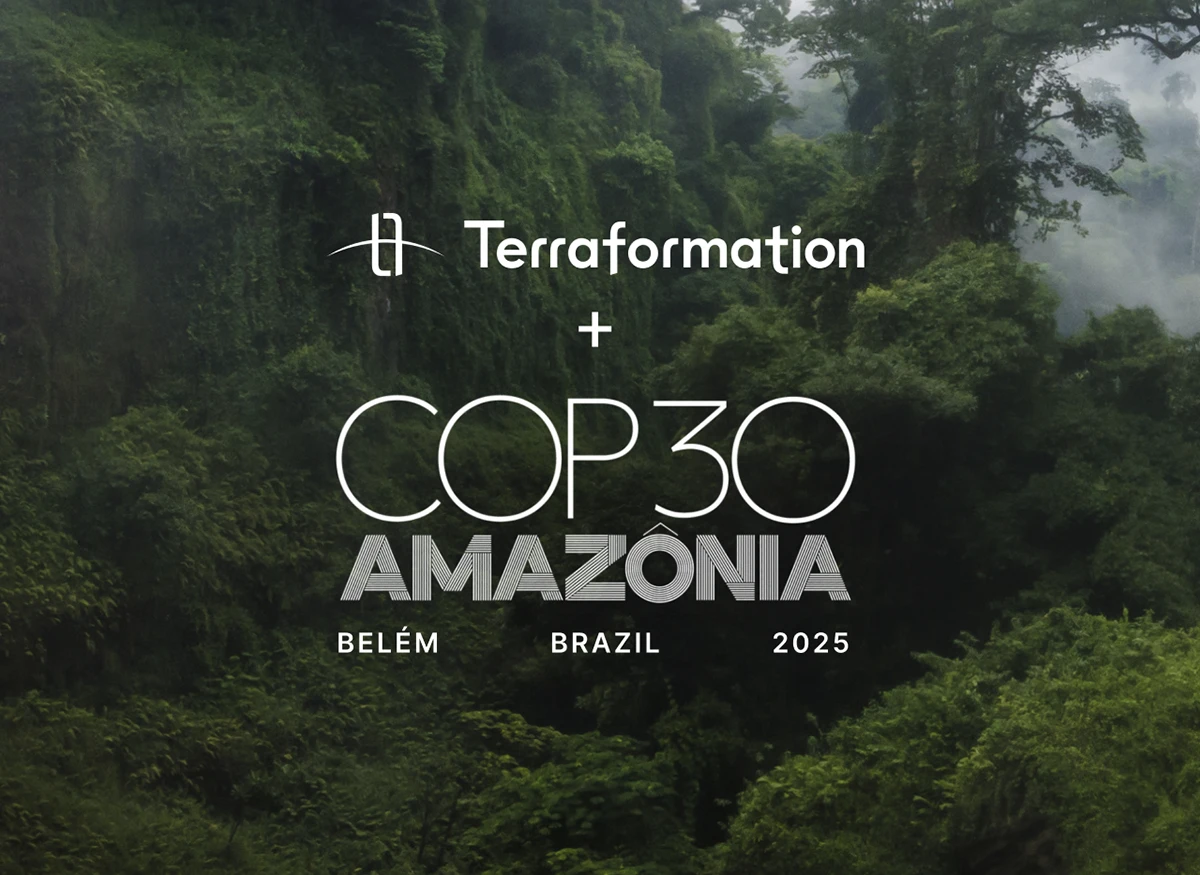GreenFin 24: Scaling Private-Sector Investment in Nature

Despite our planet’s escalating climate and biodiversity crises, only 0.2% of institutional investment is allocated to nature. At GreenFin 2024, a leading event for sustainable finance professionals, the focus was on the need to rapidly grow private-sector funding for nature — and the large-scale impact these investments could create.
Currently, $200 billion flows into nature-based solutions, but the world needs three times this amount by 2030 to meet global climate commitments. Private-sector funding must grow exponentially to fill the gap. Fortunately, sustainable finance is becoming an essential component of modern investment strategies as businesses and investors alike recognize the pressing need to address environmental issues.
Nature as investable infrastructure
In the keynote session “Nature as Investable Infrastructure,” Theresa Lieb, Vice President of Nature & Europe at GreenBiz Group, explained that the need to champion nature and biodiversity has only recently gained traction in the private sector. Traditionally, NGOs and governments have led these efforts, contributing more than 82% of the total $200 billion.
Now, the private sector has the opportunity to scale green investments. This shift presents a monumental opportunity for businesses to align their financial goals with sustainable practices. Projects that restore native forests or wetlands, for example, offer financial returns while contributing to biodiversity and climate resilience.
The increasing engagement of the private sector is likely due to the growing impact of natural disasters in recent years — and the liabilities these disasters create. Raviv Turner, Managing Partner at NatureX Studio, noted how Pacific Gas & Electric, California's largest utility company, filed for bankruptcy in 2019 after facing billions of dollars in legal claims for contributing to the destructive Kincade Fire, which burned over 77,758 acres (31,468 ha).
Such catastrophes highlight the urgent need for proactive environmental stewardship that can mitigate future financial risks, enhance corporate reputations — and generate new investment opportunities. According to Economist Impact, wildfire emissions-reduction funds, when centered on better fire and fuel management, could also “finance forest resilience and climate-smart forestry by selling carbon credits.”
Economic benefits of investing in nature
As an example of the potential of nature-focused investment, Turner highlighted how family offices investing in timber and degraded land are seeing double-digit returns from regenerative agriculture. This approach restores degraded soils through adaptive grazing, no-till planting, and minimizing the use of pesticides and synthetic fertilizers. These investments not only yield high financial returns but also contribute to soil health and water conservation.
Later in the panel, he suggested thinking of nature as precious real estate. Real estate investment offers the potential for steady income, long-term capital appreciation, and diversification of investment portfolios. Nature can provide all of these opportunities while also benefiting people and the planet.
The panelists agreed that viewing nature as an asset class, rather than strictly as a philanthropic opportunity, can unlock new revenue streams and enhance portfolio resilience against market fluctuations.
Nature is our best tech solution
Tom Chi, Founding Partner at At One Ventures, supported the assertion that nature can be a highly effective solution for climate change, emphasizing that nature-based approaches can be more cost-effective and sustainable than current technology.
He cited the example of Occidental Petroleum's Direct Air Capture (DAC) plant, estimated to cost $2–3 billion, with expected construction beginning next year. While some power will be supplied by renewable sources, this DAC solution will also burn fossil fuels like natural gas while capturing the emissions it generates.
Chi’s analysis highlights the comparative efficiency and cost-effectiveness of natural solutions over some high-tech alternatives. For instance, the cost of certain nature-based solutions is significantly lower than building and operating DAC plants while offering similar or better carbon sequestration benefits.
In addition to providing carbon storage, natural solutions like reforestation and wetland restoration offer numerous co-benefits, such as habitat protection, water purification, and enhanced biodiversity. Integrating nature-based solutions into corporate sustainability strategies can help businesses achieve their environmental, social, and governance (ESG) goals and meet the growing demands of socially responsible investors.
Grosvenor, a UK property business, has invested in reforesting mangroves in Ghana's Keta Lagoon, which will sequester a significant amount of CO2 and bring substantial community benefits, including job creation and enhanced food security. This investment sets an example for how companies can take meaningful steps to integrate nature-based solutions into their sustainability strategies.
High quality, high demand
Although DAC and other technological solutions to climate change hold promise for the future, they are not yet commercially mature or scalable. Forest restoration with native species, which can sequester up to 30% of the world’s excess carbon, is ready to deploy at scale — and well-designed projects benefit biodiversity and human communities as well as our climate.
Premium forest-based carbon credits are in demand, particularly projects with certified social or environmental co-benefits. In partnership with landowners, these projects promote sustainable land management practices and can offer a reliable revenue stream for communities. For corporations, impact investors, and family offices, these next-generation projects provide opportunities for climate action that meet diligent investment criteria.
Terraformation’s portfolio of carbon forest projects in Africa, Latin America, and Asia-Pacific represents the highest standards for biodiverse native restoration. Contact us to discuss how you can help fund Terraformation’s large-scale restoration efforts.
















